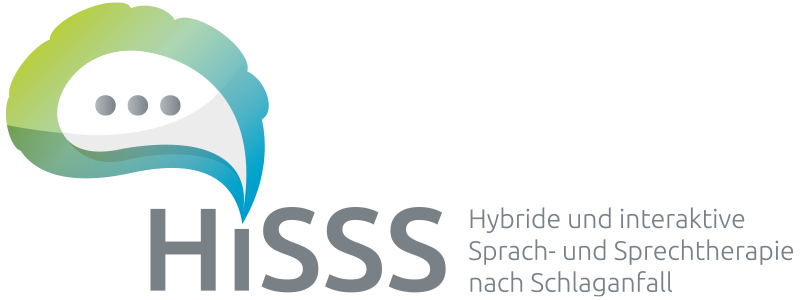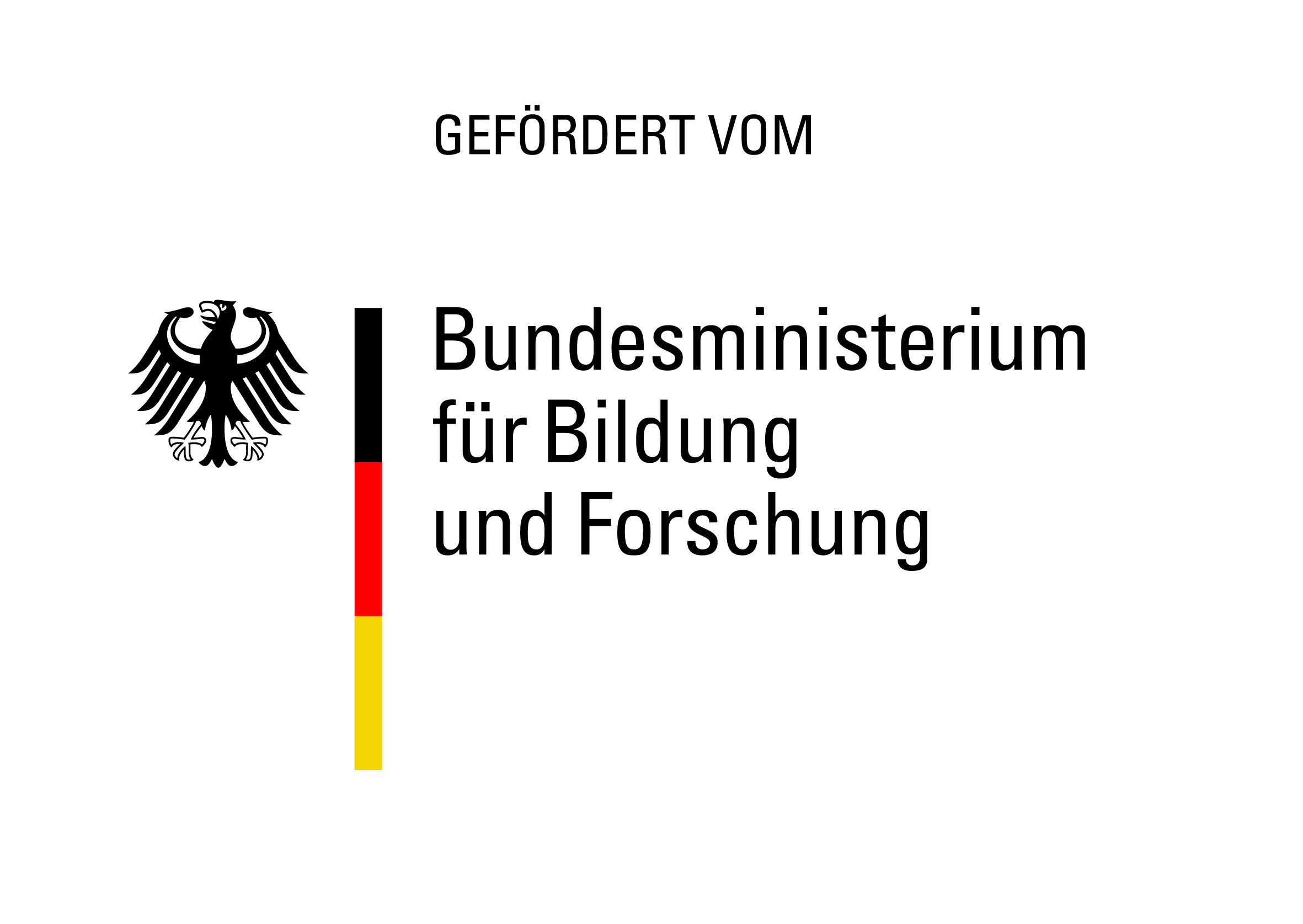Barthel, M., Schwinn, S., Borgetto, B. & Leinweber, J. (2021). Digitalisierungschancen – Spurensuche nach Evidenz. Ergebnisse der Videointeraktionsanalyse aus dem Forschungsprojekt „ViTaL“. Forum Logopädie 35(1), 34-39.
Bilda, K. Urban, K. Dörr, F. & Tschuschke, B. (2020). Digitale logopädische Therapie: Ergebnisse einer Befragung zum aktuellen Ist-Stand aus Sicht von LogopädInnen. LOGOS- Akademische Sprachtherapie, 28, (3), 176-138
Breitenstein, C., Grewe, T., Flöel, A., Ziegler, W., Springer, L., Martus, P. et al. (2017). Intensive speech and language therapy in patients with chronic aphasia after stroke: a randomised, open-label, blinded-endpoint, controlled trial in a health-care setting. The Lancet, 389(10078), 1528-1538. https://doi.org/10.1016/S0140-6736(17)30067-3
Coleman, J. J., Frymark, T., Franceschini, N. M. & Theodoros, D. G. (2015). Assessment and Treat-ment of Cognition and Communication Skills in Adults With Acquired Brain Injury via Telepractice: A Systematic Review. American journal of speech-language pathology 24(2), 295–315. DOI: 10.1044/2015_AJSLP-14-0028.
Des Roches, C. A., & Kiran, S. (2017). Technology-Based Rehabilitation to Improve Communication after Acquired Brain Injury. Frontiers in Neuroscience, 11, 382. https://doi.org/10.3389/fnins.2017.00382
Godlove, J., Anantha, V., Advani, M., Des Roches, C., & Kiran, S. (2019). Comparison of therapy prac-tice at home and in the clinic: a retrospective analysis of the constant therapy platform data set. Fron-tiers in Neurology, 10, 140.
Griffel, J., Leinweber, J., Spelter, B., & Roddam, H. (2019). Patient-centred design of aphasia therapy apps: a scoping review. Aphasie und verwandte Gebiete, 46(2), 6-21.
GUIDELine (2018). Leitlinien für den Datenschutz in der wissenschaftlichen Forschung zu Aspekten der Mensch-Technik-Interaktio. https://www.guide-projekt.de/servlet/is/104975/GUIDELine.pdf (Abruf 22.08.2019)
Mader,F.M., Schwenke, R. (2020). DEGAM Leitlinie-S3: Schlaganfall; AWMF-Register-Nr. 053-011, DEGAM-Leitlinie Nr. 8, Berlin
Makino, T., Liao, H., Assael, Y., Shillingford, B., Garcia, B., Braga, O., & Siohan, O. (2019, December). Recurrent neural network transducer for audio-visual speech recognition. In 2019 IEEE automatic speech recognition and understanding workshop (ASRU) (pp. 905-912). IEEE.
Manzeschke, A., Weber, K., Rother, E. & Fangerau, H. (2013). Ethische Fragen im Bereich Altersgerechter Assistenzsysteme. Berlin: VDI/VDE Innovation + Technik GmbH.
Nätterlund, B. S. (2010). A new life with aphasia: Everyday activities and social support. Scandinavian Journal of Occupational Therapy, 17(2), 117–129.
Lam, J.M. & Wodchis, W.P. (2010). The relationship of 60 disease diagnoses and 15 conditions to pref- er-ence-based health-related quality of life in Ontario hospital-based long-term care residents. Medical Care, 48(4), 380-387.
Lauer, N. Teletherapie-hat die Logopädie eine digitale Zukunft? Ergebnisse eines qualitativen For-schungsprojekts des Studiengangs Logopädie der OTH Regensburg. Forum Logopadie. 34(5), 12-17. 2020.
Liu, S., Hu, S., Wang, Y., Yu, J., Su, R., Liu, X., & Meng, H. (2019). Exploiting Visual Features Using Bayesian Gated Neural Networks for Disordered Speech Recognition. In INTERSPEECH (pp. 4120-4124).
Potamianos, G., Neti, C., Luettin, J., & Matthews, I. (2004). Audio-visual automatic speech recognition: An overview. Issues in visual and audio-visual speech processing, 22, 23.
Roper, A., Grellmann, B., Neate, T., Marshall, J., & Wilson, S. (2018). Social networking sites: barriers and facilitators to access for people with aphasia. Aphasiology, 32(1), 1176-177.Schwinn, S., Barthel, M., Leinweber, J. & Borgetto, B. (2020a). Digitalisierungschancen in der Krise. Erste Ergebnisse zur Umsetzung der Videotherapie in der ambulanten Logopädie (ViTaL). Forum Lo-gopädie 34(5), 18-21.
Schwinn, S., Barthel, M., Leinweber, J., & Borgetto, B. (2020b). Digitalisierungschancen – Umsetzung von Videotherapie im Lockdown: Ergebnisse der Online-Befragung aus dem Forschungsprojekt „Vi-TaL”. Forum Logopädie, 34(6), 36–40.
Unger v., H. (2014). Partizipative Forschung. Einführung in die Forschungspraxis. Wiesbaden: Springer.
VDI/VDE Innovation + Technik GmbH (2016, November). Handreichung zur Umsetzung von ELSI in der MTI-Forschung. Förderschwerpunkt: „Vom technischen Werkzeug zum interaktiven Begleiter – Sozial- und emotionssensitive Systeme für eine optimierte Mensch-Technik-Interaktion“ InterEmotio. Präsentiert auf der Tagung Einzelaspekte rechtswissenschaftlicher Begleitforschung für Projekte im BMBF Forschungsprogramm zur Mensch-Technik-Interaktion, Bielefeld.
Wright M.T. (2013). Was ist Partizipative Gesundheitsforschung? Positionspapier der International Collaboration for Participatory Health Research. Prävention und Gesundheitsförderung, 8: p. 122-131.




